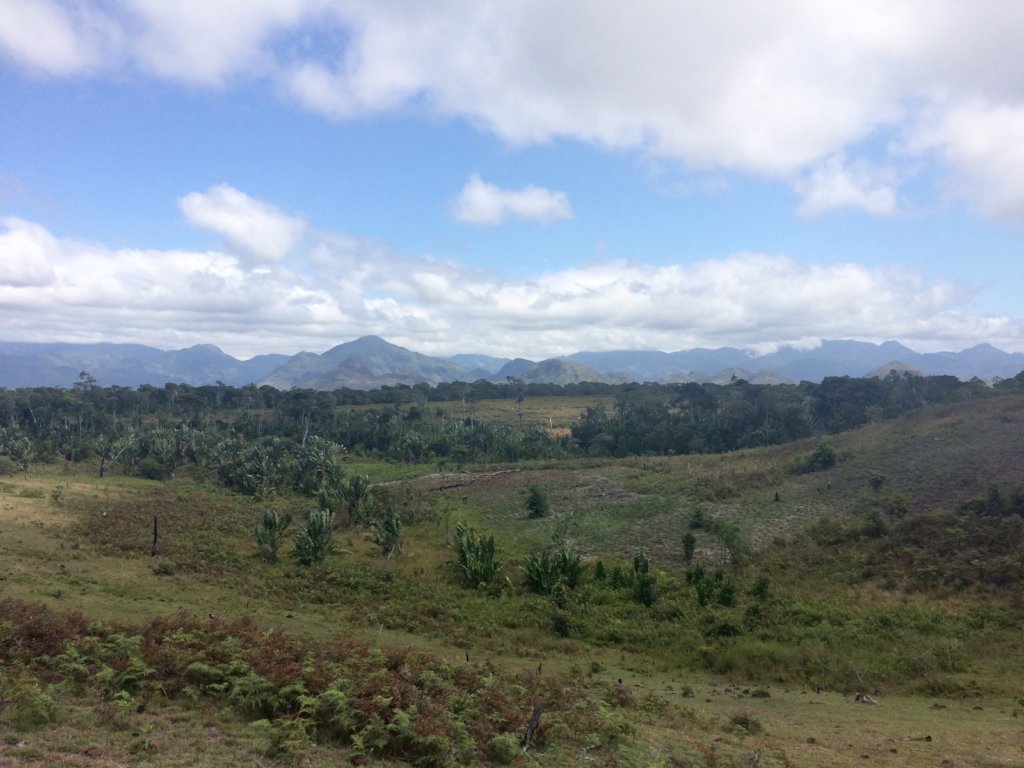By Andrew Turner | Project Development Officer
Since the last update on Project Microcebus in January, we are thrilled to report that the genetic samples collected by the SEED Conservation and Research Programme (SCRP) have been successfully delivered to the German Primate Centre in Göttingen! Analysis is currently ongoing and results will be disseminated over the coming months. The whole team are very excited to finally discover the identity of the wonderful mouse lemurs that remain in this unique forest, and this data will contribute to the ongoing research conducted by SEED’s Executive Conservation Coordinator, Sam Hyde Roberts.
As this milestone for the project is reached, it is an important time to for the SEED team to reflect and evaluate its success. Tsiraiky, one of SCRP’s most experienced guides had this to say about the impact of Project Microcebus:
I studied to be a guide many years ago at university in Antananarivo and my specialist interest was always lemurs. When I first heard about this project I was really interested by the prospect of finding a new species in Sainte Luce and this is why I became involved. This was a very difficult project to be involved with as catching the lemurs in Sainte Luce was very difficult. When the mouse lemurs are going to give birth they make a nest in a tree out of leaves and other debris from the forest. Once you manage to find one of these nests you shine a torch and when you see the eyes you know you have found a mouse lemur (rats make very similar looking nests). Catching the lemurs by hand is the most effective way but is still very difficult as they are extremely fast and have very sharp teeth. It was easier to do this as soon as it got dark, around 6:30, as they are waking up and are less alert than at other times.
It was really exciting to explain the research to the community and take part in the Club A sessions. The local community sometimes hunt and eat lemurs, especially the children so it was amazing to see how engaged the children were with the drawing completion and quiz. It also provided an opportunity to explain the importance of the conservation program and explain the local law (dina) which prohibits the killing of lemurs and can result in fines of 300,000 ariary. For me this project showed how important it is to collaborate, it brought together the local community, SEED Madagascar and the tourism sector. It reminded me of a saying we have in Madagascar ‘iraiky iraiky faskia, fa miaraka atsika vato’ which means alone we are like grains of sand but together we are like stone, if we can work together we will be stronger.
Hearing from those involved in the project in this way and from other local people helps us to understand the impact that these projects can have on local communities. Unfortunately, time is running out for these beautiful forests and their incredible wildlife.
Habitat fragmentation is one of the leading causes of biodiversity loss globally. The Sainte Luce littoral forest is comprised of only 15 remaining fragments covering an area less than 1,600 hectares with many small fragments becoming isolated from large forest patches. As the last and largest remaining examples of this type of forest, halting and reversing this process, to prevent further fragmentation and reconnect isolated patches, is a major priority for the SCRP’s work.
While the team continue to study the mouse lemur populations across the remaining fragments of Sainte Luce littoral forest, this research will be vital to the development of a long-term strategy to safeguard the habitat for the mouse lemurs, alongside the numerous Endangered and endemic species of flora and fauna found in this remote corner of Madagascar.
Project reports on GlobalGiving are posted directly to globalgiving.org by Project Leaders as they are completed, generally every 3-4 months. To protect the integrity of these documents, GlobalGiving does not alter them; therefore you may find some language or formatting issues.
If you donate to this project or have donated to this project, you can receive an email when this project posts a report. You can also subscribe for reports without donating.
